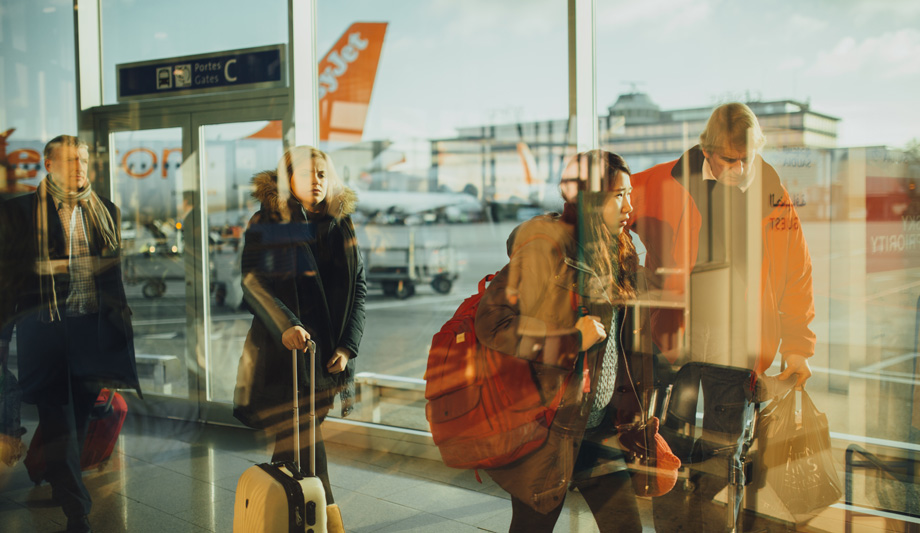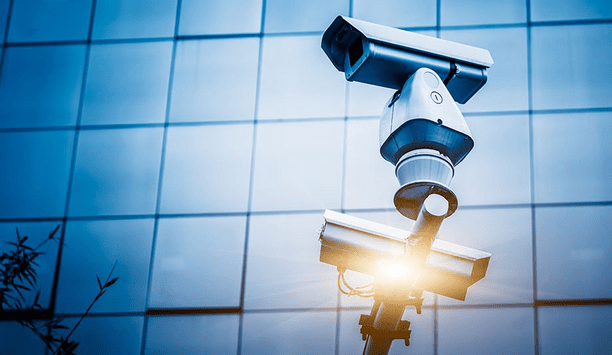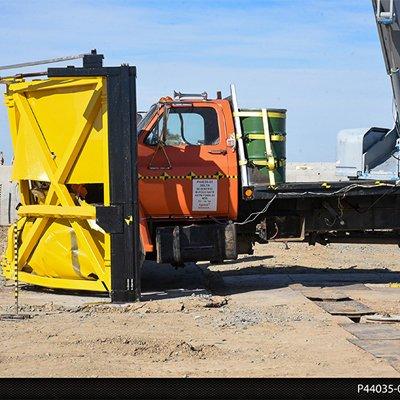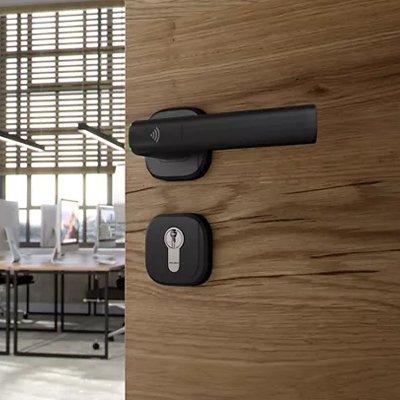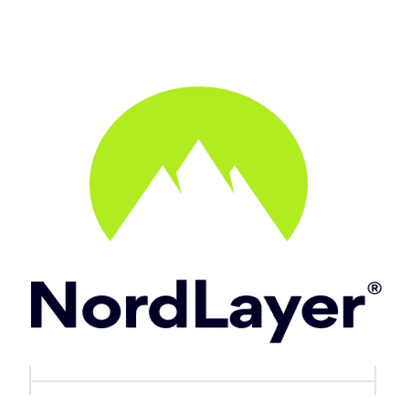For many frequent flyers, the relationship between flyers and the Transportation Security Administration (TSA) has been at times, turbulent. For the better part of the last two decades, going through airport security has been met with groans over long wait times as flyers are encouraged to get to the airport earlier and earlier.
TSA Lean Six Sigma tactics reduce wait time
However, the tide may be turning a bit, as recent reports have shown a decline in TSA’s wait times, which can be attributed to the agency deploying Lean Six Sigma tactics for increased efficiency. Lean Six Sigma tactics are techniques that rely on collaborative team efforts to improve processes. Safety is the top priority, but, through lean tactics, TSA can speed things up while keeping everyone safe.
In 2016, 98% of fliers waited 30 minutes or less for screening between Memorial Day and Labour Day, and, about 92% waited less than 15 minutes, according to the Department of Homeland Security (DHS). Even the seven busiest airports in the USA clocked average wait times of less than 10 minutes. All huge improvements from the horror stories we use to hear about missed flights and unruly customers across the country.
So, how is TSA speeding things up without compromising safety?
CLEAR: Efficient security navigation
One process improvement tactic that has shown great results in efficiency is the rising number of PreCheck flyers. TSA data also shows that the nation-wide average wait time for TSA PreCheck travellers is less than five minutes, compared to less than 10 minutes for travellers in standard screening lines. PreCheck flyers who pay an $85 fee for five years can expect to wait 5 to 10 minutes or less at security lines. PreCheck also reduces the number of people in the standard security line.
The security check with CLEAR is done through biometrics, making it safe, as well as efficient |
CLEAR is a new form of efficient security navigation, allowing flyers to pay a fee, and skip ahead, beating the long lines of security. The security check with CLEAR is done through biometrics, making it safe, as well as efficient.
Smith's Detection improves processes
Faster wait times is what every flyer is after, but not at the risk of safety. This is why TSA and the DHS have been focusing on lean tactics that improve process, knowing full well that this innovation will lead to faster times for customers. One recent piece of equipment, the Smith’s Detection IONSCAN 500DT has been a major asset in both process improvement, leading to a safer, and faster experience for the flyer. This device can scan and detect over 40 substances in eight seconds flat.
The only hang-up with the Smith’s Detection device is its size, this is a 50-pound piece of equipment, and TSA soon learned that transporting the equipment was not realistic, given the number of flyers it needs to detect every day. If the device can’t be moved, it’s efficiency gets cut down drastically. The TSA needed to find a way to move this around, or it was just a heavy piece of equipment that was great, but not the asset they envisioned, as it wasn’t mobile.
 |
| CLEAR is a new form of efficient security navigation, allowing flyers to pay a fee, and skip ahead, beating the long lines of security |
In 2010 at the Boston Manchester Regional Airport in Manchester, New Hampshire; TSA sought after a form of mobile power to transport the IONSCAN DT to different places around the airport quickly and without putting too much strain on the equipment, and on the agents doing the labour. This newfound freedom of allowing the TSA agent to move freely with the Smith’s Detection device saved them several hours in a day, and countless steps. Thanks to mobile power, the Smith’s Detection device was the major asset TSA envisioned. Today, Newcastle System’s mobile powered carts for TSA can be found in hundreds of airports across the country. Less steps taken for the agent means more flyers screened in a shorter amount of time.
Although most flyers don’t know of Smith’s Detection device, in reality it is saving them a lot of time each time they fly.
Process improvement across aviation system
In 2016, the DHS hired 1,368 new Transportation Safety Officers (TSOs) and converted 1,865 TSOs from part-time to full time in order to catch up with the growing demand of flyers, and well-trafficked airports.
Investment and improvements in products are essential, but logistics and the power of people cannot be forgotten. Process improvement is the key to speeding things up in this vital industry. TSA screens over 2 million passengers per day, and that number is growing rapidly.
Last year, Congress approved the reallocation of $34 million to address passenger growth, improve checkpoint performance, and mitigate vulnerabilities across the aviation system. Of that budget, $26 million went directly to process improvement through staff. Tripling the amount of overtime allocated to officers, expanding the number of lanes for passengers, adding 780,000 screening hours, and hiring 768 full-time officers to high volume airports.
In May 2016, wait times exceeded 104 minutes of waiting in line for security |
Lean tactics tighten airport efficiency
In the 21 largest airports in the U.S., DHS sent a team of lean experts to seek opportunities for improvement. The team reviewed airline schedules, passenger loads, line design, and checkpoint and baggage areas. By the end of all the visits, the team compiled to results for each airport’s Federal Security Director. By the summer travel season, each airport had deployed several lean tactics which drastically improved the efficiency of the security lines.
In May 2016, wait times exceeded 104 minutes of waiting in line for security at Chicago’s O’Hare International Airport. By August, those times were cut down to 6 minutes. A similar story rose out of Atlanta Hartsfield Jackson International Airport, when they took action against the congested lines and added more lanes and conveyor belts for bins. This resulted in travellers speeding through the security lines 30 percent faster.
As for the actual mission of security, TSA broke records catching guns in carry-on bags at checkpoints, according to TSA Administrator Peter Neffenger. Neffenger said that officers found 2,200 by September of 2016, compared with a record 2,653 in the previous year.
When we think of lean six sigma and process improvement, our minds focus on manufacturing warehouses and distribution centres. But lean tactics can be used anywhere for anything – including teams focused solely on the safety and security of others.
